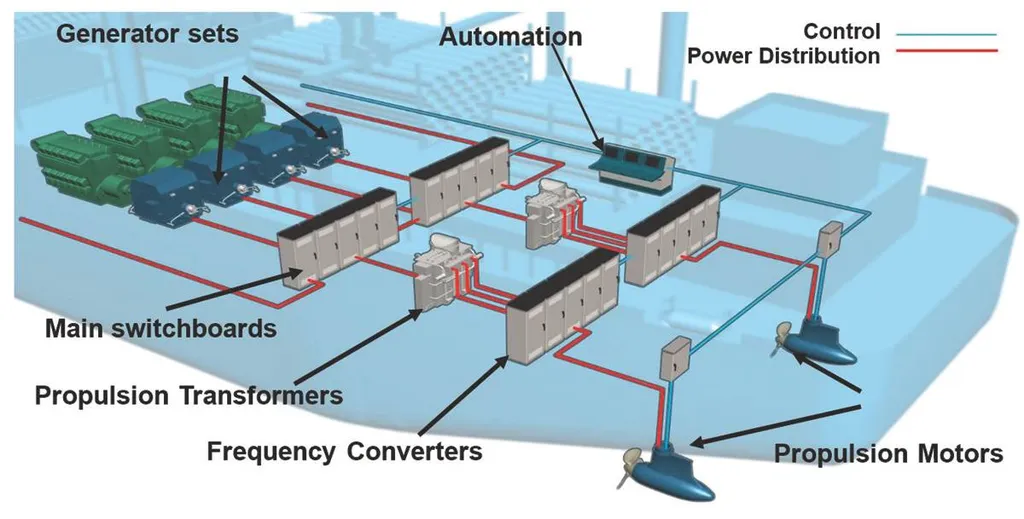Researchers from the University of California, Berkeley, and Stockholm University have unveiled a groundbreaking framework called EnergyNet, which draws inspiration from the telecom industry’s transition from centralized, circuit-switched phone systems to decentralized, packet-switched data networks. This innovative approach aims to revolutionize energy distribution by applying networking principles to power systems.
EnergyNet introduces a novel architecture that includes an Energy Router, which enforces galvanic separation and utilizes software-controlled energy flows over a DC backplane. This router is a critical component that enables the creation of Energy Local and Wide Area Networks (ELAN/EWAN) based on DC microgrids. These microgrids interconnect through an open Energy Protocol (EP), facilitating seamless energy exchange and management. The control plane of EnergyNet comprises the Energy Router Operating System (EROS) and EP Server, managed at scale through an Energy Network Management System (ENMS).
The researchers distinguish between the architectural contributions (Tier-1) and the expected outcomes (Tier-2) of EnergyNet. Tier-1 includes the components, interfaces, and operating model that form the backbone of the system. Tier-2 outcomes, contingent on widespread adoption, include local-first autonomy with global interoperability, near-real-time operation with local buffering, removal of EV-charging bottlenecks, freed grid capacity for data centers and industrial electrification, and a trend toward low, predictable, fixed-cost clean energy.
Early municipal demonstrators have shown the feasibility of EnergyNet and provided insights into migration paths for existing infrastructure. The framework offers a coherent, open, and testable blueprint for software-defined, decentralized energy distribution. By aligning power-systems engineering with networking principles, EnergyNet provides a practical route from legacy, synchronous grids to resilient, digitally routed energy distribution systems.
For the maritime sector, EnergyNet presents a compelling vision for future energy management. Ports and shipping operations could benefit significantly from the decentralized, software-controlled energy flows proposed by EnergyNet. Imagine a port where energy is dynamically routed and managed, optimizing the use of renewable energy sources and reducing reliance on fossil fuels. The removal of EV-charging bottlenecks could accelerate the adoption of electric vessels, while the freed grid capacity could support the electrification of port infrastructure and operations.
Moreover, the local-first autonomy with global interoperability could enhance the resilience of maritime energy systems, ensuring continuous operation even in the face of disruptions. The near-real-time operation with local buffering could improve the efficiency of energy use, reducing costs and environmental impact. As the maritime industry increasingly focuses on sustainability and digital transformation, EnergyNet offers a promising pathway to achieve these goals. Read the original research paper here.

